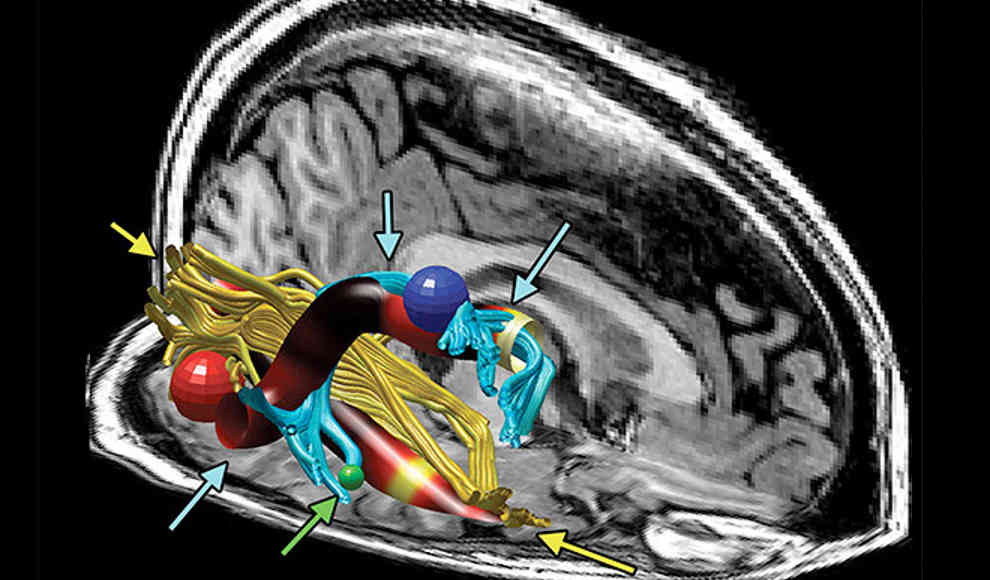American scientists have made a breakthrough in the diagnosis of Chronic Fatigue Syndrome (CFS), a condition that affects an estimated 15 million people worldwide. Until now, diagnosing CFS has been extremely difficult, with patients suffering from a range of physical and mental symptoms, including muscle pain, headaches, and memory problems. However, researchers at Stanford University have identified three distinct changes in the brain that are associated with the condition. The findings, which have been published in the journal Radiology, could lead to more accurate diagnoses and better treatment options for CFS sufferers.
CFS is a debilitating condition that causes severe fatigue and pain, and can have a significant impact on a person’s quality of life. Despite affecting millions of people worldwide, the condition has been notoriously difficult to diagnose, with doctors often struggling to distinguish it from other illnesses. However, the new research from Stanford University has identified three specific changes in the brain that are associated with CFS. These changes include a reduction in white matter, swelling in the grey matter, and a deformation of the Fasciculus arcuatus, a nerve that connects the frontal and parietal lobes of the brain.
The study involved 15 CFS patients, who underwent a range of brain imaging tests, including diffusion tensor imaging. The results showed that the changes in the brain were more pronounced in patients with more severe symptoms, suggesting that the findings could be used to help diagnose and monitor the condition. The researchers hope that the new diagnostic tool will lead to better treatment options for CFS sufferers, and help to shed light on the underlying causes of the condition.










